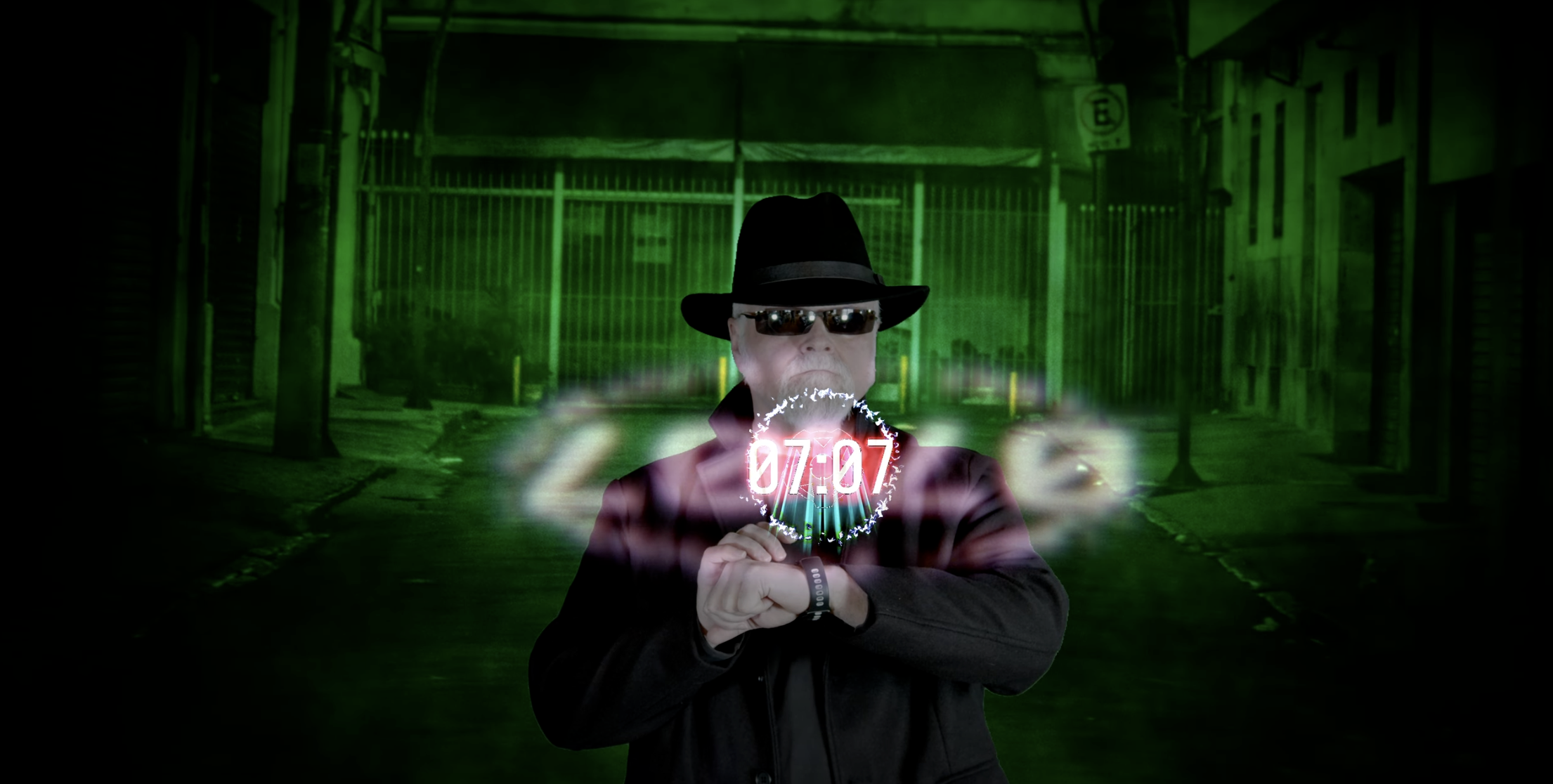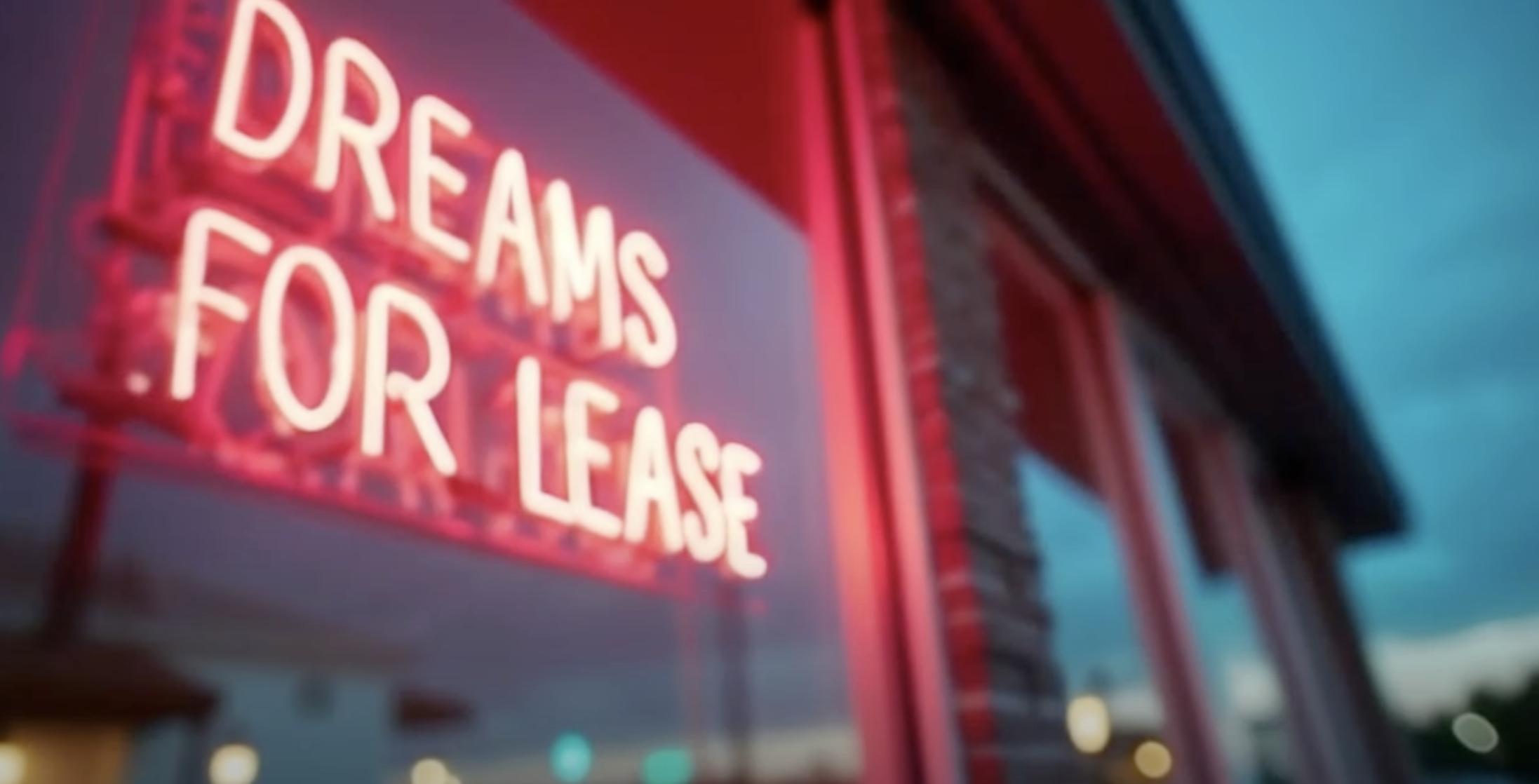Rob Roy’s Dreams for Lease arrives as a chilling blend of sci-fi and horror, a film that is as unsettling for its ideas as it is for its imagery. At its heart, the movie asks a provocative question: what if even our most private refuge—sleep—was no longer our own?
The story follows Maya (Jordan Hundley), a woman plagued by relentless nightmares. Desperate for relief, she stumbles upon the “sleep market,” a shadowy system where people sell their unused sleep to the wealthy elite. Initially pitched as harmless and even lucrative, the market quickly reveals itself to be a predatory machine. With Sam (Charlie McCommack) by her side, Maya dives deeper into this underworld and discovers that dreams aren’t just being sold—they’re being harvested, traded, and weaponized. Carrie Moore delivers a memorably eerie performance as the unnervingly cheerful receptionist, while Russell Sage Patrick as “Dreamwarden333” embodies the story’s more surreal, otherworldly menace.
The film makes clear how well Roy uses dialogue to weave paranoia into the narrative. Lines about progress—“more screens, more wires, more ways for someone else to be inside your head”—anchor the film’s critique of technological overreach. The “sleep market” becomes a metaphor for late-capitalist exploitation, where even rest is commodified. As the plot unravels, Maya realizes the cost isn’t just fatigue or lost time but memory, identity, and ultimately her grip on reality.
Visually, Dreams for Lease leans into stark contrasts between the analog and digital. Old log houses stand against looming glass towers, while dream sequences blur with waking life until the audience, like Maya, can’t tell which reality is real. Rob Roy’s direction keeps the atmosphere taut, layering electronic soundscapes with sudden bursts of silence to keep viewers off balance.
The final act pushes the film fully into horror, with sleep extraction machines threatening not only Maya’s sanity but humanity itself. The revelation that sleep is traded across dimensions introduces cosmic dread in the Lovecraftian sense—our dreams are no longer ours but fuel for something unknowable and terrifying.
While the film occasionally meanders with repetitive “heat” sequences and heavy monologues, its ideas remain captivating. At just under two hours, Dreams for Lease is more than a horror story—it’s a warning about the commodification of human life and the fragile line between waking and dreaming.
In the end, Rob Roy has crafted a haunting, cerebral film that lingers well after the credits roll. Dreams for Lease may not offer comfort, but it ensures that viewers will think twice before calling sleep a simple escape.
Verdict: A bold, thought-provoking sci-fi horror with a unique premise, anchored by strong performances and an unsettling atmosphere.
Jessie Hobson



